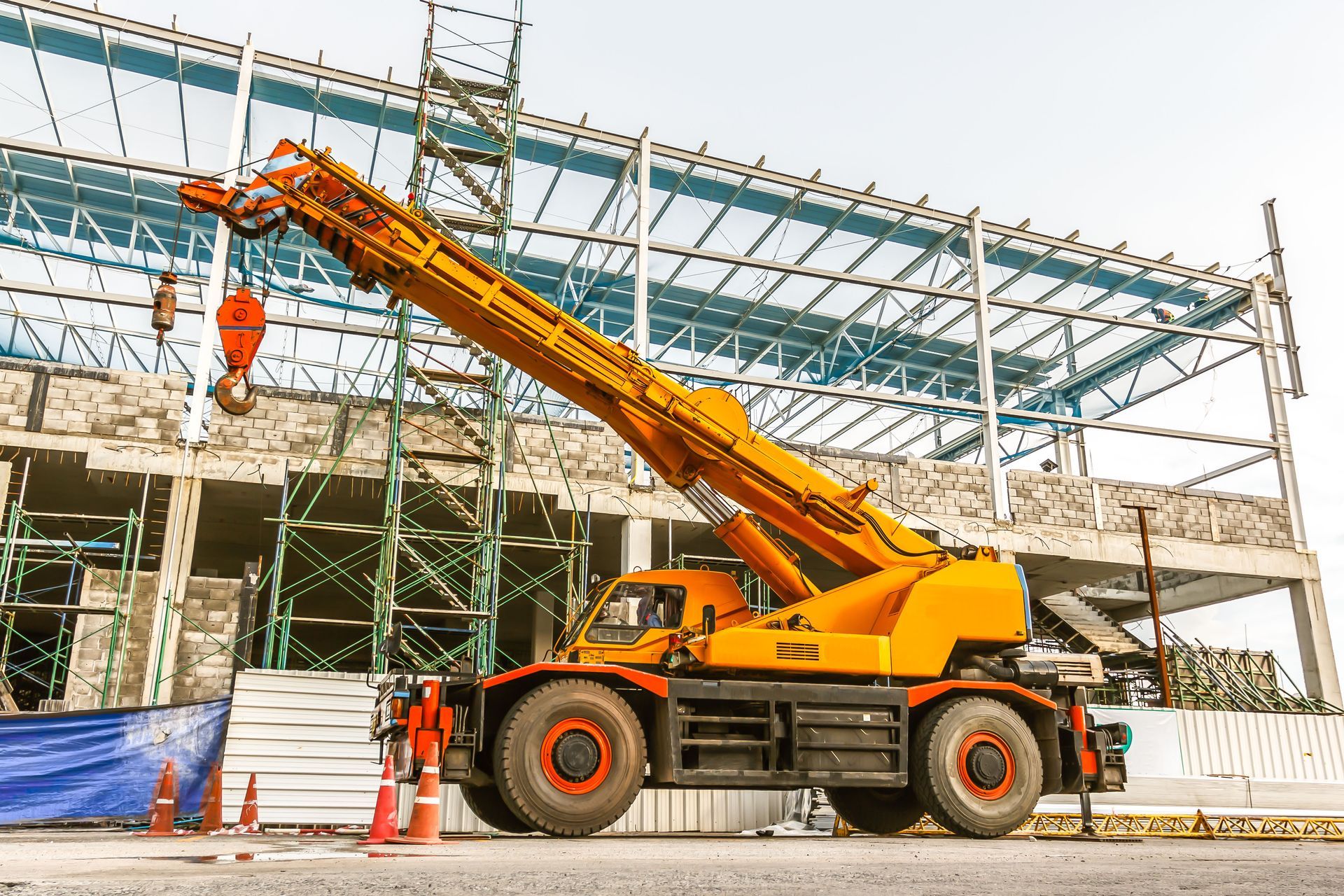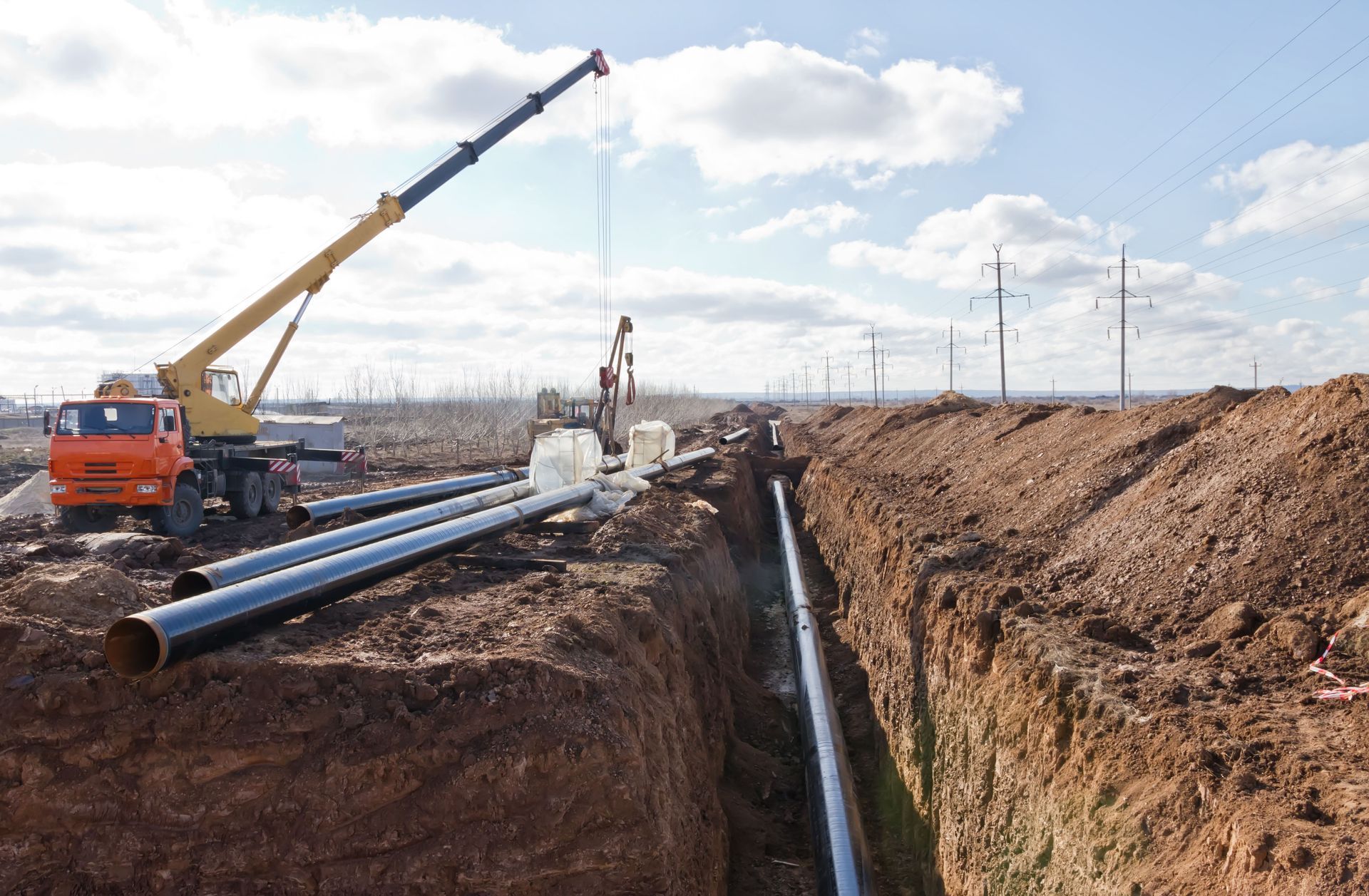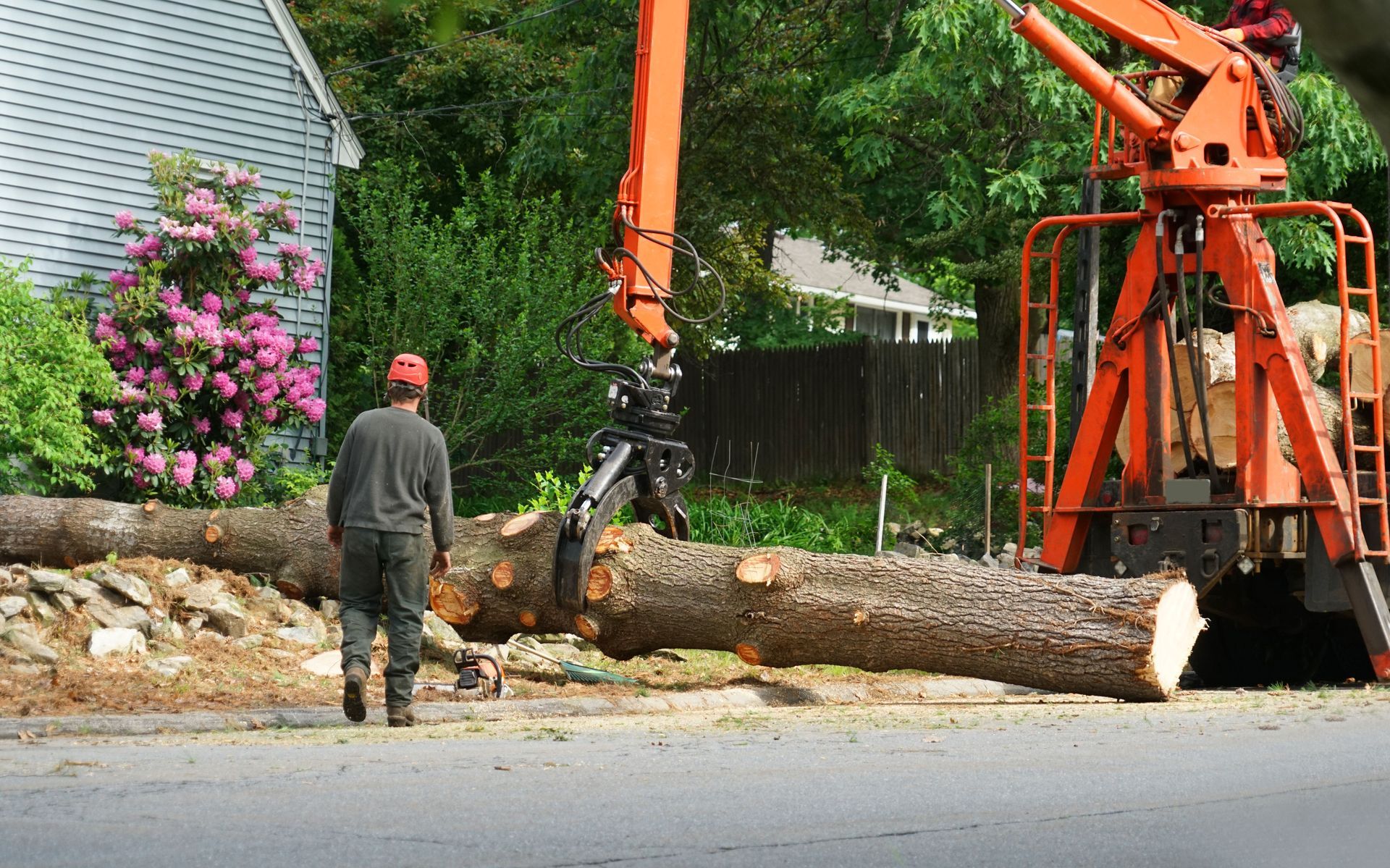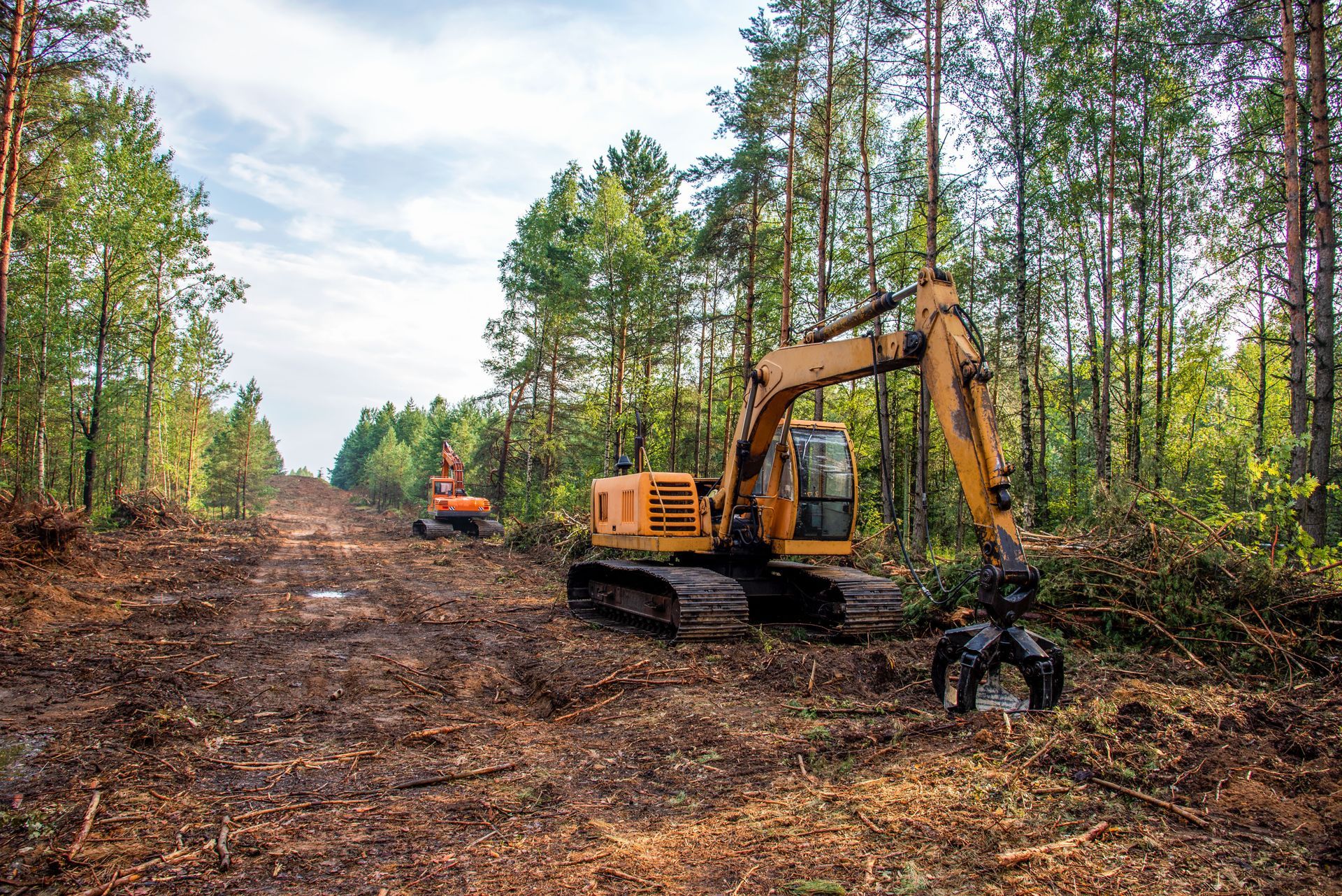Why Choosing a Crane Service with Rigging Equipment Can Optimize Your Project
Highlights:
- Rigging equipment is the backbone of safe, stable, and efficient lifting.
- Integrated crane and rigging teams reduce downtime and coordination gaps.
- Pre-lift planning, site prep, and load control prevent costly errors.
- Certified riggers and operators raise consistency and compliance.
- Bundled services streamline scheduling, billing, and accountability.
- In St. Louis, MO, partnering with Russ Erlinger Crane Service aligns safety with speed.
Picture a tight urban job site, subs queued up, and a delivery window you can't miss. A crane alone won't guarantee success-rigging equipment and an experienced rigging crew complete the system that turns lifting plans into predictable results. When you choose a crane service that also supplies rigging gear and personnel, you gain a coordinated operation where communication, sequencing, and safety checks happen as one. That integration limits idle time, prevents last-minute scrambles for hardware, and raises your margin for error. This article explains how a combined crane-plus-rigging approach optimizes outcomes from day one.
Rigging's Role in Safety and Compliance
Rigging transforms theoretical capacity into practical control. Slings that match geometry, shackles sized for pins, and hooks with proper latches distribute load forces and stabilize center of gravity. Pre-use inspection weeds out wear and deformation, while documentation ties the right gear to the right lift. According to OSHA's Crane and Derrick Safety regulations, hazards frequently arise when rigging selection, inspection, or use is inadequate-making competent rigging a core compliance requirement. Treating rigging as integral (not accessory) aligns your project with the standard, reduces exposure, and sets a professional tone across the site.
Operational Stability Under Real-World Conditions
Every site introduces variables-gusty winds, uneven grades, tight alleys, and delicate façades. Rigging decisions counter those variables with choke vs. basket choices, edge protection, tag lines for rotational control, and spreader bars that separate pick points. The objective isn't merely to lift but to guide the load through its full travel path without shock, swing, or twist. When the rigging team is integrated with the crane operator, hand signals and radio calls are consistent, and adjustments happen instantly. The result is steadier cycles, fewer set-downs for re-rigging, and a lift plan that holds up when conditions shift.
Frequently Asked Questions
What makes rigging "competent" on a job site?
Proper selection, inspection, and use by trained personnel who understand load paths, limits, and communication protocols.
Do I need different rigging for irregular loads?
Yes. Spreader bars, softeners, custom slings, and multiple pick points balance forces and protect edges.
How often should rigging be checked?
Before each use in the field, plus periodic detailed inspections per manufacturer and job requirements.
Why Integrated Services Improve Speed
When a single provider owns the crane dispatch, rigging kits, and crew, mobilization becomes a synchronized event instead of a chain of phone calls. The same team that built the lift plan shows up with the exact hardware list, verifies site bearings, and tunes setup to the ground truth. That continuity eliminates handoffs where details get lost-like sling lengths, pick radii, or outrigger pad sizes. It also compresses troubleshooting: if a load arrives heavier than expected, the on-site crew can recalculate, re-rig, and proceed, rather than standing down while separate vendors are contacted.
Choosing Equipment for Constraints and Loads
Urban corridors in St. Louis, MO often demand compact rough-terrain or all-terrain cranes that navigate narrow approaches while maintaining capacity at radius. Load geometry drives rigging choice: long HVAC units may require spreader bars to resist crush, while heavy point loads favor twin leg slings and balanced pick points. Consider ground bearing, overhead obstructions, and wind exposure; then match boom configuration, counterweight, and rigging to the travel path. Bringing the rigging lead into pre-con helps surface conflicts early-like a parapet that forces unexpected side-load-and sets realistic set-and-hook timelines for other trades.
Training, Signals, and Team Rhythm
Smooth lifts depend on shared language. Assign a single signal person, standardize radio etiquette, and rehearse hand signals so no command gets missed. Toolbox talks should translate the lift plan into field actions: sling angle targets, no-go zones, tag line roles, and wind hold thresholds. According to the U.S. Bureau of Labor Statistics, from 2011 to 2017 there were 297 crane-related fatal injuries-an average of about 42 per year-and just over half involved workers being struck by equipment or objects, often due to failures in rigging or communication. This data underscores how structured training and standardized procedures reduce risks by sharpening rigging judgment exactly when it matters most.
Frequently Asked Questions
Who leads during a critical lift?
The lift director coordinates operator, signal person, and rigging crew to maintain one chain of command.
Do tag lines really matter?
Yes. They provide rotational control and dampen swing, especially through wind corridors and tight set points.
What if wind spikes during a pick?
Follow the lift plan's thresholds; set the load down safely and reassess boom angle, radius, and rigging configuration.
Pre-Lift Planning that Pays Off
A strong plan clarifies the load path, crane position, exclusion zones, and contingency responses. Surveying access routes avoids last-minute turns that exceed steering angles or axle loads. Ground prep ensures outrigger mats distribute pressure and keep level. On delivery day, staging the load with rigging access in mind prevents awkward chokes and rushed re-slinging. Sequence the set so trades waiting on the pick are ready-reducing idle time and returns. Documenting these elements doesn't bog you down; it frees the crew to execute without debate and helps inspectors and owners see the rigor behind the work.
Risk, Records, and Continuous Improvement
Incidents rarely come from one big mistake; they come from small compounding gaps. Closing those gaps means recording sling angles, hardware sizes, wind readings, and any deviations from the plan. According to CPWR's Construction Fatality Map Dashboard, which aggregates data from OSHA investigations and media sources to visualize fatal construction incidents, visibility into incident patterns helps teams target high-leverage fixes-like better load control or improved communication at blind picks. Treat each lift as data: after-action notes refine rigging choices, staging layouts, and radio protocols. Over time, your playbook becomes faster and safer because it's grounded in site-specific learning.
Local Advantage: People, Places, and Permits
Every metro has quirks-street closures, alley clearances, and patchy subgrade. In St. Louis, MO, an integrated provider who knows local permitting, traffic control, and typical roof parapets can compress weeks into days. That's where a partner like Russ Erlinger Crane Service adds real value: right-sized cranes for historic districts, rigging kits tailored to common rooftop units, and crews fluent in city logistics. Local familiarity shortens the distance between paper lift plans and smooth field execution. It also reduces change orders by aligning assumptions with how St. Louis jobsites actually behave.
Cost Control Without Cutting Corners
The cheapest lift is the one you do once. Integrated crane and rigging services reduce duplicated mobilizations, idle labor, and rework caused by mismatched hardware. A single contract simplifies billing and insurance coordination, and a unified schedule minimizes weather exposure. Efficiency doesn't mean rushing; it means eliminating friction so each pick flows. When crews share a rhythm, you spend less time re-rigging, less time waiting on missing gear, and less time debating signals. Those minutes roll up into real savings-delivering predictable days and confident turnover dates to owners and GC partners.
Frequently Asked Questions
Is bundling crane and rigging always better?
For most projects, yes-fewer handoffs, clearer accountability, and faster problem-solving usually outweigh piecemeal savings.
What should be in a lift plan?
Crane position, load weight and geometry, rigging configuration, communication roles, wind thresholds, and step-by-step sequencing.
How do I vet a provider?
Ask for certifications, sample lift plans, inspection records, and local references for similar load types and site constraints.
Crane capacity gets the headline, but rigging writes the story. When you combine certified riggers, fit-for-purpose hardware, and a crane crew that trains and plans together, you turn tight windows into dependable milestones. The integration trims delays, clarifies responsibility, and raises your safety floor-without adding administrative noise. For complex urban work across St. Louis, MO, choose a partner built for both sides of the lift. With the right team-like Russ Erlinger Crane Service-you get control, consistency, and confidence from first pick to final set, project after project.





Share On: